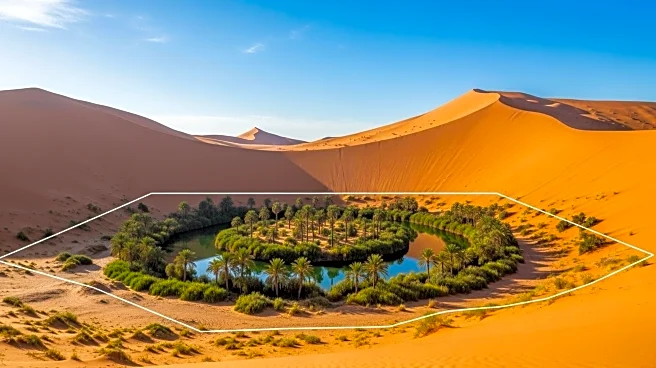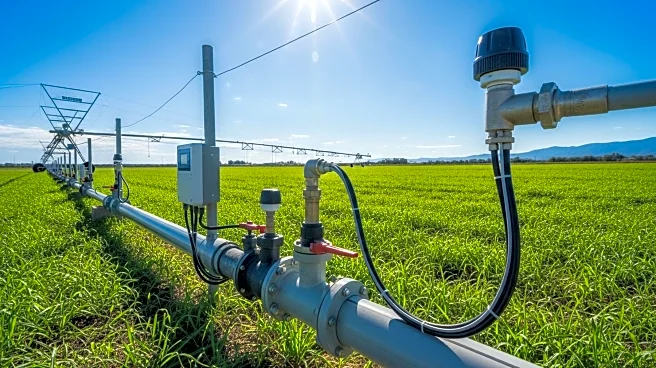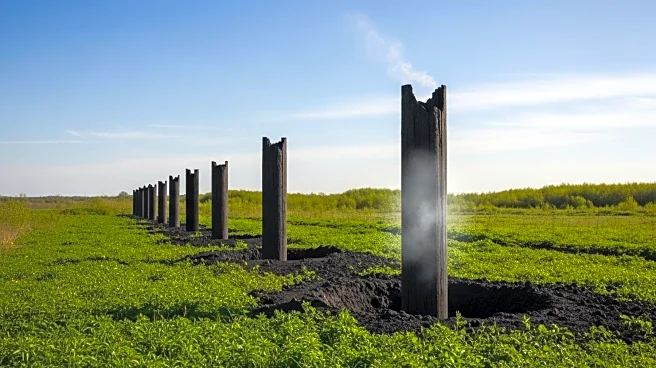What is the story about?
What's Happening?
A study has found that highly protected areas, such as national parks and wilderness areas, can buffer against aridity thresholds in global drylands. These areas help maintain ecosystem productivity by delaying the onset of aridity-induced thresholds. The research assembled a global dataset of drylands, revealing that only a small percentage are under high levels of protection. The findings underscore the importance of protected areas in supporting dryland ecosystems, which are vulnerable to climate change and aridification.
Why It's Important?
The study highlights the critical role of protected areas in conserving dryland ecosystems amid increasing aridity. As climate change exacerbates arid conditions, these areas provide a vital buffer, preserving biodiversity and ecosystem services. The research suggests that expanding protection levels could enhance resilience against climate impacts, supporting sustainable land management and conservation efforts. The findings may influence policy decisions regarding land use and environmental protection, emphasizing the need for increased investment in conservation initiatives.
What's Next?
Efforts to expand protected areas and enhance their effectiveness are likely to gain momentum, driven by the need to safeguard dryland ecosystems. Policymakers may consider strategies to increase the percentage of drylands under high protection, potentially involving international cooperation and funding. The study's insights could inform conservation planning and resource allocation, guiding efforts to mitigate the impacts of climate change on vulnerable regions. Collaboration between governments, conservation organizations, and local communities will be crucial in advancing these initiatives.
AI Generated Content
Do you find this article useful?















